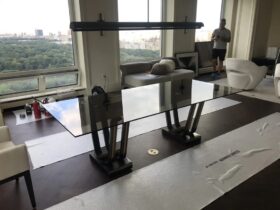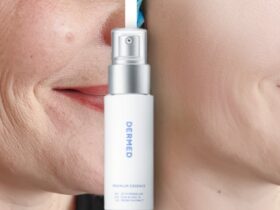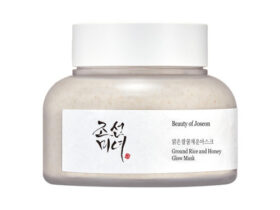Basal cell carcinoma (BCC) is the most common type of skin cancer, affecting millions of individuals worldwide. Traditionally, surgical excision has been the primary treatment option for BCC. However, recent advancements in medical technology have led to the development of alternative therapies, such as Superficial Radiation Therapy (SRT). This non-surgical approach has gained popularity as an effective treatment option for basal cell carcinoma, providing patients with a less invasive and more targeted solution. In this article, we will delve into the intricacies of Superficial Radiation Therapy and explore its effectiveness in treating BCC.
Understanding Superficial Radiation Therapy (SRT)
What is Superficial Radiation Therapy?
Superficial Radiation Therapy (SRT) is a non-surgical treatment modality that employs low-energy radiation to target and eliminate cancer cells on the skin’s surface. It is specifically designed to treat basal cell carcinoma, providing an alternative to surgical interventions. SRT utilizes a superficial beam of radiation, which penetrates only a few millimeters into the skin, minimizing damage to surrounding healthy tissues.
How Does Superficial Radiation Therapy Work?
During srt for basal cell carcinoma, a specialized machine delivers a precise dose of radiation to the affected area. The radiation damages the DNA within the cancer cells, impairing their ability to grow and divide. Over time, the treated cancer cells are gradually eliminated by the body’s natural processes. The targeted nature of SRT ensures that the surrounding healthy tissue receives minimal radiation exposure, reducing the risk of complications.
The Benefits of Superficial Radiation Therapy for Basal Cell Carcinoma
Superficial Radiation Therapy offers several advantages as a treatment option for basal cell carcinoma:
1. Non-Surgical Approach
Unlike traditional surgical excision, SRT is a non-surgical treatment option. This means that patients can avoid the risks associated with surgery, such as scarring, infection, and prolonged recovery time. SRT offers a less invasive alternative that is particularly suitable for individuals who are not suitable candidates for surgery or prefer a non-surgical solution.
2. Preserves Cosmetic Appearance
One of the primary concerns for many basal cell carcinoma patients is the potential impact on their cosmetic appearance. SRT’s targeted radiation beam allows for precise treatment of the cancerous cells while minimizing damage to healthy tissue. This preservation of healthy skin helps maintain the natural appearance of the treated area, offering improved cosmetic outcomes.
3. Convenience and Accessibility
SRT is typically administered on an outpatient basis, making it a convenient treatment option for patients. The procedure is relatively quick and painless, requiring minimal downtime. Additionally, SRT is widely available in specialized medical centers and clinics, making it accessible to patients in various locations.
Conclusion
Superficial Radiation Therapy (SRT) is an effective non-surgical treatment option for basal cell carcinoma. By utilizing low-energy radiation to target and eliminate cancer cells on the skin’s surface, SRT offers several advantages over traditional surgical interventions. It provides patients with a non-invasive alternative that preserves cosmetic appearance and ensures convenience and accessibility. If you or a loved one is diagnosed with basal cell carcinoma, it is crucial to consult with a healthcare professional to determine the most suitable treatment approach, considering the specific characteristics of the cancer and individual patient factors.











